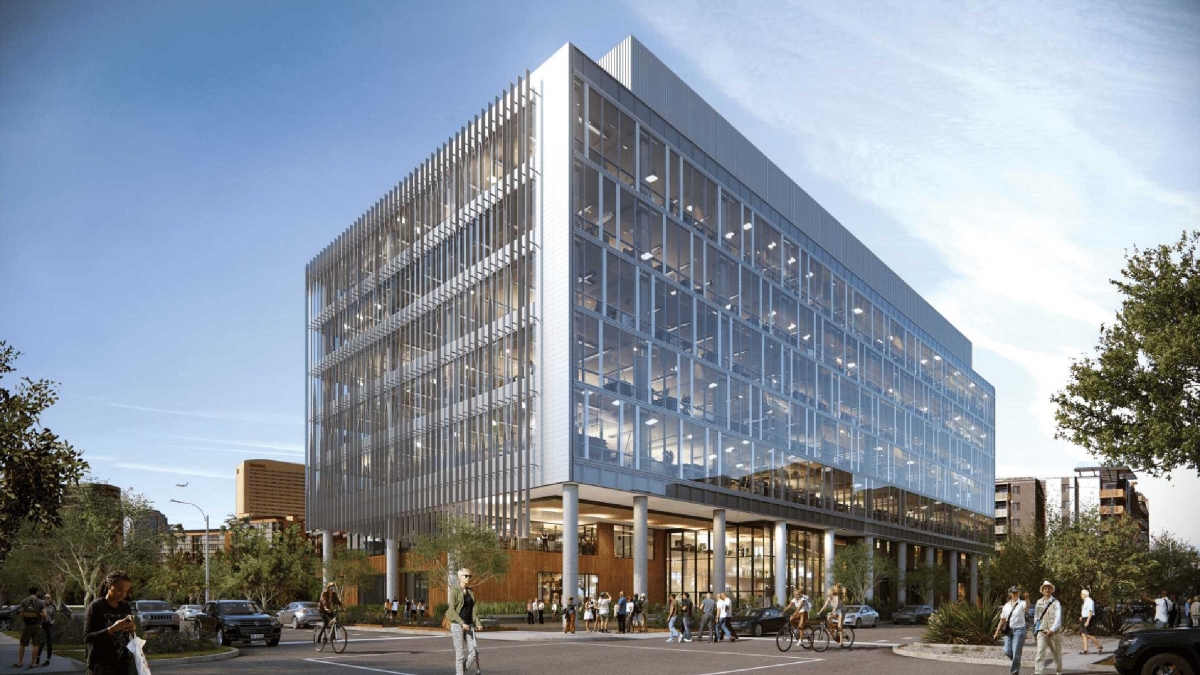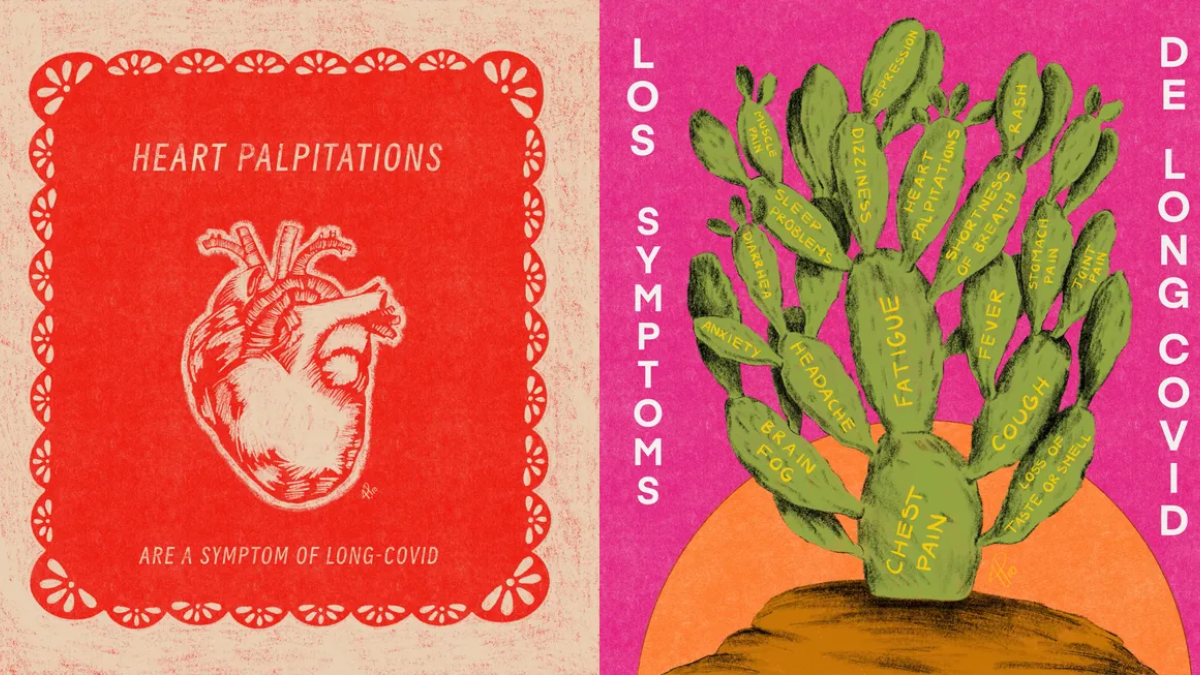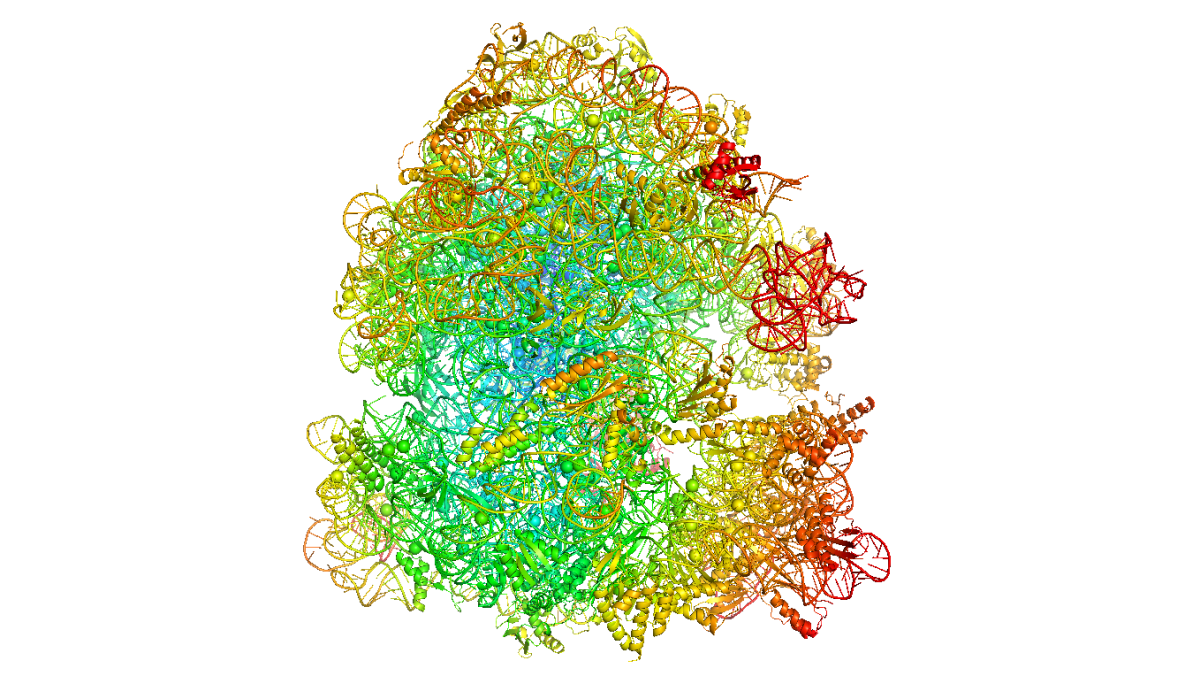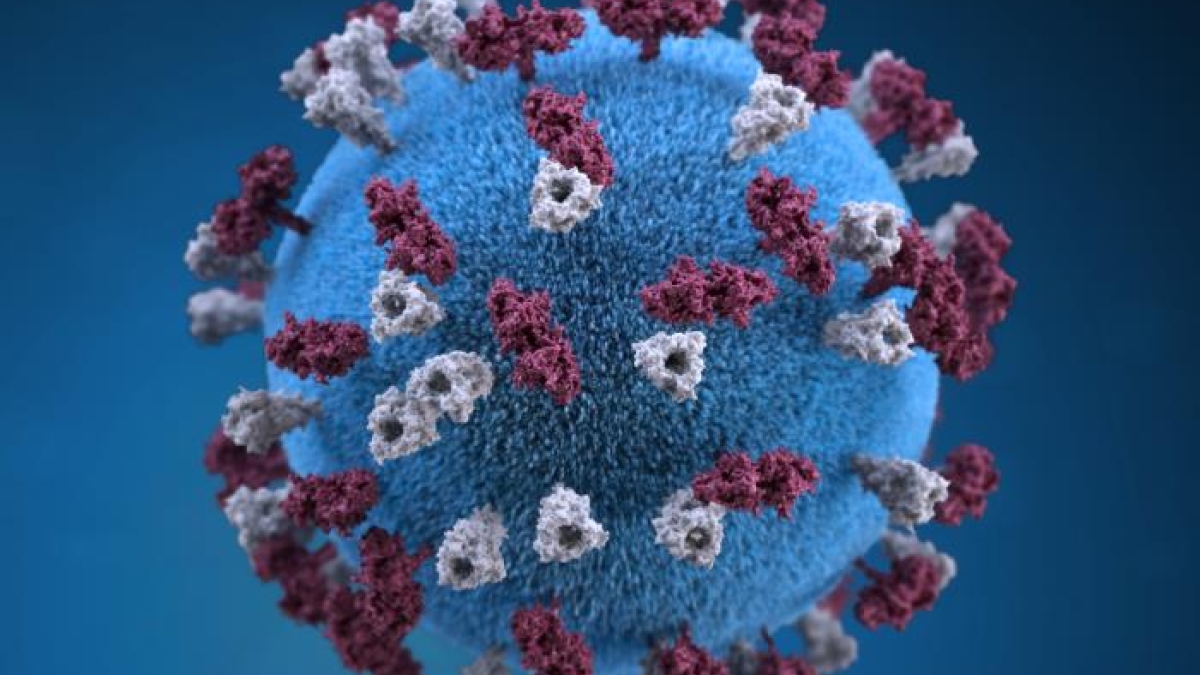Groundbreaking celebrates new PBC Innovation Center
ASU will lease half of 225,00-square-foot building on Phoenix Biomedical Campus; rest to be filled by private companies

If everything had gone as originally conceived, the land at Fourth and McKinley streets in downtown Phoenix would be smack-dab in the middle of the Arizona Cardinals NFL football stadium complex.
Instead, last week in a formal groundbreaking ceremony, the city of Phoenix welcomed Wexford Science and Technology and Arizona State University to celebrate the construction of a new building on the Phoenix Biomedical Campus, the PBC Innovation Center. And while the local NFL football team has been playing games in its Glendale stadium since 2006, city leaders will tell you that that the effort with Arizona State University to attract the Wexford team was worth the wait.
For ASU, this is an assignment that began three Phoenix mayors ago.
“More than 10 years ago we became the partner of the city of Phoenix with two mutual objectives,” said ASU President Michael M. Crow. “First, to help increase the educational attainment, educational success and scientific discovery inside the city of Phoenix by embedding university ideas and energy in downtown Phoenix. Second, to partner with everybody else, with the UofA, NAU and city of Phoenix, and to find world-class development partners like Wexford, who have built fantastic projects and who make things happen by attracting scientific and technological enterprises to their facilities.”
“This building represents progress on all fronts.”
The $77 million, 225,00-square-foot Wexford building will be the first piece of a 7-acre parcel ASU is responsible for on the city’s 30-acre biomedical campus. ASU will lease approximately 112,000 square feet — half of the building — for 15 years with three five-year options. The remainder will be occupied by private-sector companies — the part that organizers say makes this step so important to the city, to the campus and, ultimately, to discovery and innovation.
“This is the first time since Phoenix has had its biosciences campus that we’ll have space for companies to commercialize and commercial companies to participate,” said Christine Mackay, community and economic development director for the city of Phoenix. “Wexford Science and Technology is an internationally recognized biosciences thought leader in creating and developing innovation corridors.”
Wexford Real Estate Company is focused exclusively on partnering with universities, academic medical centers and research institutions to develop vibrant, mixed-use, amenity-rich knowledge communities that are built on a foundation of research, discovery and entrepreneurial activity. Headquartered in Baltimore, Wexford’s portfolio extends across nine states and includes projects in key urban centers in Philadelphia, Chicago, St. Louis, Miami and Baltimore. It has 6 million square feet of property developed or under development.
“Wexford is all in on creating this knowledge community in downtown Phoenix,” said Jim Berens, CEO of Wexford. “The reason we are so confident about its success is that when we look around the country at these kinds of projects, it starts with having a world-class university — and here, we have that in spades with Arizona State University, their research enterprise and their commitment to creating jobs and building communities.”
“At 200,000 square feet, you will have everything from a scientist with an idea renting a bench and using equipment, to attorneys and marketers who can help them grow their business, to full labs, to large labs and to eventually having commercialization. ... This is not just your typical building. It’s much more about driving new companies and life-saving technologies and ideas.”
— Christine Mackay, community and economic development director for the city of Phoenix
Mackay described the Phoenix project as “a lab to grow startups.”
“At 200,000 square feet, you will have everything from a scientist with an idea renting a bench and using equipment, to attorneys and marketers who can help them grow their business, to full labs, to large labs and to eventually having commercialization in other buildings on the campus,” Mackay said. “So this is not just your typical building. It’s much more about driving new companies and life-saving technologies and ideas.”
ASU’s involvement is catalytic and is key to attracting private-sector involvement, Crow said.
“Wexford is taking a risk on us, and we’re very excited about it,” he said. “Our job within the university is to be a knowledge enterprise. We produce several types of knowledge products, and our most important product is people who pass through the university. The second product we produce is ideas — ideas that come from facilities like this.”
“This facility empowers our College of Health Solutions, our College of Nursing and Health Innovation, the UofA College of Medicine, NAU programs in allied health, and all of this activity creates a critical mass. And that attracts the private investment of companies that want to be here with us, linked to us. That’s what we’re after.”
Inside the building, ASU researchers and their counterparts will be unlocking discoveries.
“Right here ... ASU health researchers will have the unique opportunity to partner with the clinical ecosystem on the Phoenix Biomedical campus and in the adjoining area — entities like Banner Health, Barrow Neurological Institute, Dignity Health, the VA, MIHS (Maricopa Integrated Health System), Phoenix Children’s Hospital,” said Sethuraman "Panch" Panchanathan, executive vice president of ASU Knowledge Enterprise. “This will create amazing new opportunities for clinical research that focuses on health, wellness, nutrition and more.”
While a big step forward, the Wexford Building represents only a small portion of what will occur on the remaining portion of the site. The master plan for the 7 acres north of Fillmore includes approximately 1.8 million square feet of additional development of this innovation district.
Rick Naimark, associate vice president for program development planning, who worked for nearly three years to find the right partner for this project, said the next building will come soon after this one — now called the Phoenix Biomedical Innovation Center — opens.
“The next building will be even larger than this one,” Naimark said. “But before we move forward on that, our immediate task is working with the provost, KED and several deans in identifying the more specific research activity that will go into our half of the building, and working with Wexford’s designer and builder to design the tenant improvements to meet their needs.”
It’s another move that will fill-in the bio-medical campus checkerboard the city envisioned when it turned away a public sports facility for something more complicated — but something with potential to pay off over and over again.
“For an economic developer, this is a dream come true,” Mackay said. “This is where we will be helping to grow new companies for Phoenix, and it will help create a sustainable industry by which to diversify our economy.”
Top photo: An artist's rendering of the future building at Fourth and McKinley streets in Phoenix. Image by Wexford Science and Technology
More Health and medicine

Health communication program brings long COVID awareness to Latinos
After COVID-19 hit the Latino community especially hard, Gilberto Lopez created COVIDLatino, a health communication program designed to share accurate, timely, evidence-based and culturally tailored…

Gates Foundation to fund research on antibiotic resistance
Antibiotic resistance, what happens when germs develop the ability to defeat the drugs designed to kill them, is a growing concern among scientists today. When bacteria become resistant to…

ASU epidemiologist on the rise in US measles cases
The Centers for Disease Control and Prevention issued an alert this month about a rise in measles cases worldwide. And as of March 21, a total of 64 measles cases were reported in 17 states,…